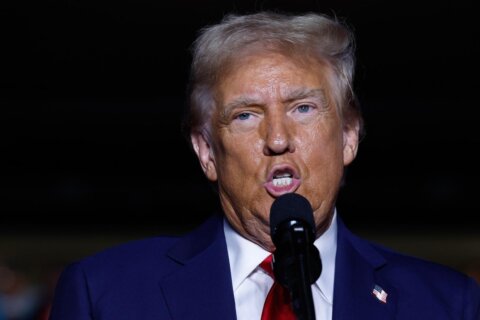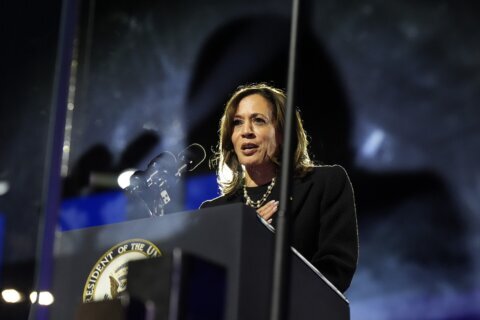WASHINGTON — As the Electoral College gathers to cast its votes for president Monday, an official with the Maryland State Board of Elections suggests the system was modeled after the state’s structure to select state senators.
Maryland had been using the system for more than a decade before the Founding Fathers first gathered for the Constitutional Convention in Philadelphia in 1787.
Alexander Hamilton defended the use of an electoral college in Federalist No. 68, writing that “the immediate election should be made by men most capable of analyzing the qualities adapted to the station, and acting under circumstances favorable to deliberation.”
He previously wrote in Federalist No. 63 that if such a system “really contained the danger which has been so loudly proclaimed, some symptoms at least of a like danger ought by the time to have been betrayed by the Senate of Maryland.”
Hamilton may have spoken too soon: The state’s version of the Electoral College remained in use until 1836, when it was ultimately deemed undemocratic and scrapped by lawmakers, Jared DeMarinis, of the elections board and the author of a book on Maryland’s Electoral College meetings since 1789, told The Baltimore Sun.
Like most others, Maryland is a winner-take-all state, meaning all 10 electors are required to vote for the candidate who won the popular vote in the state. Hillary Clinton won with over 60 percent of the vote.
After the electoral votes are cast, they are sent off to the U.S. Senate, where the results will be announced during a joint session of Congress on Jan. 6.







